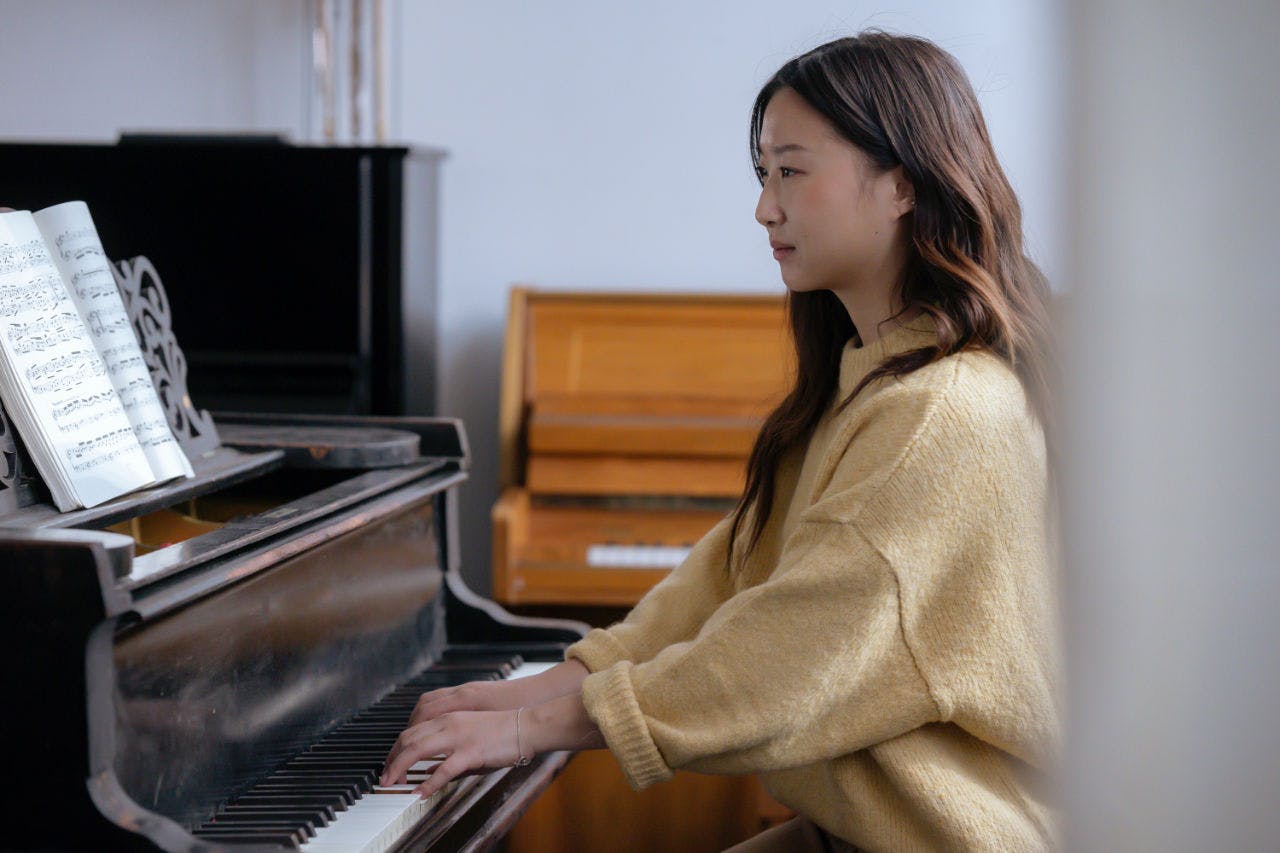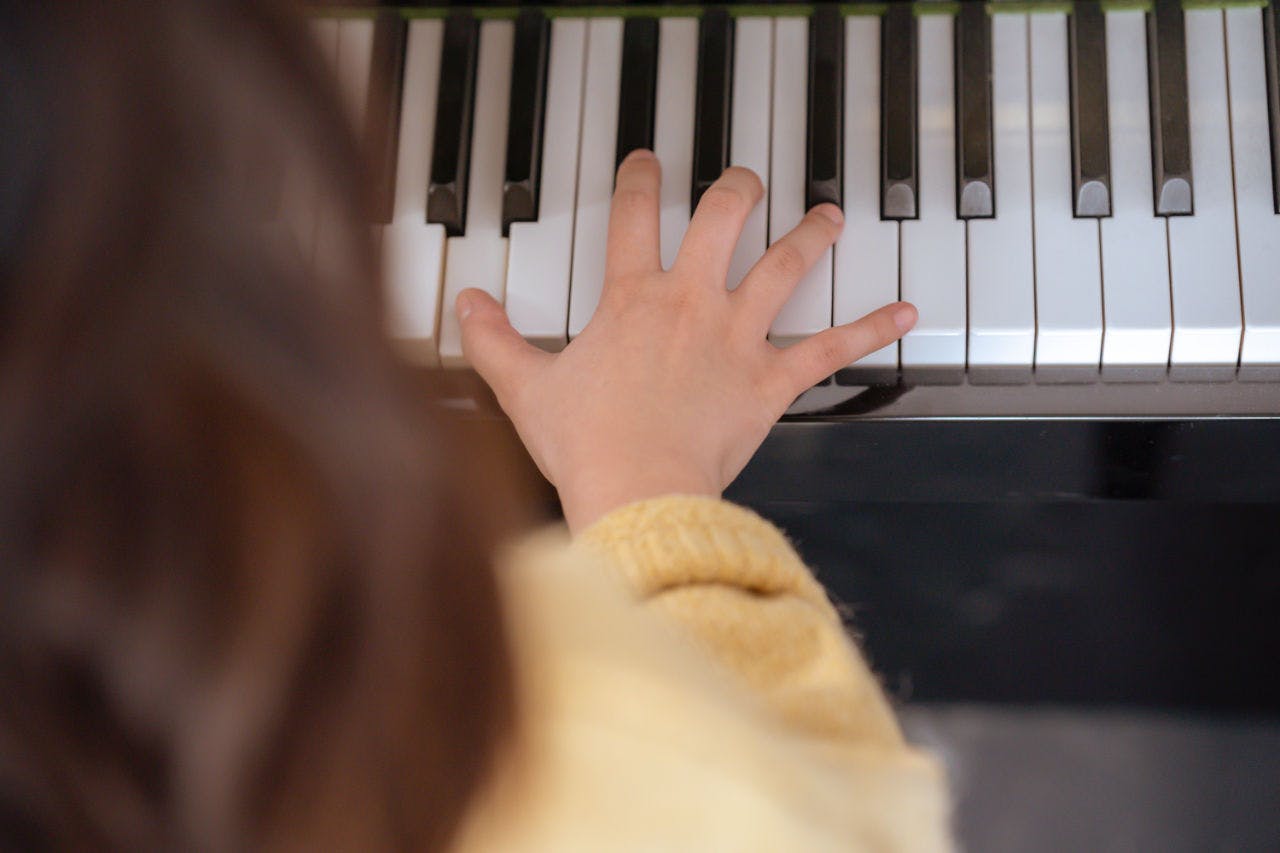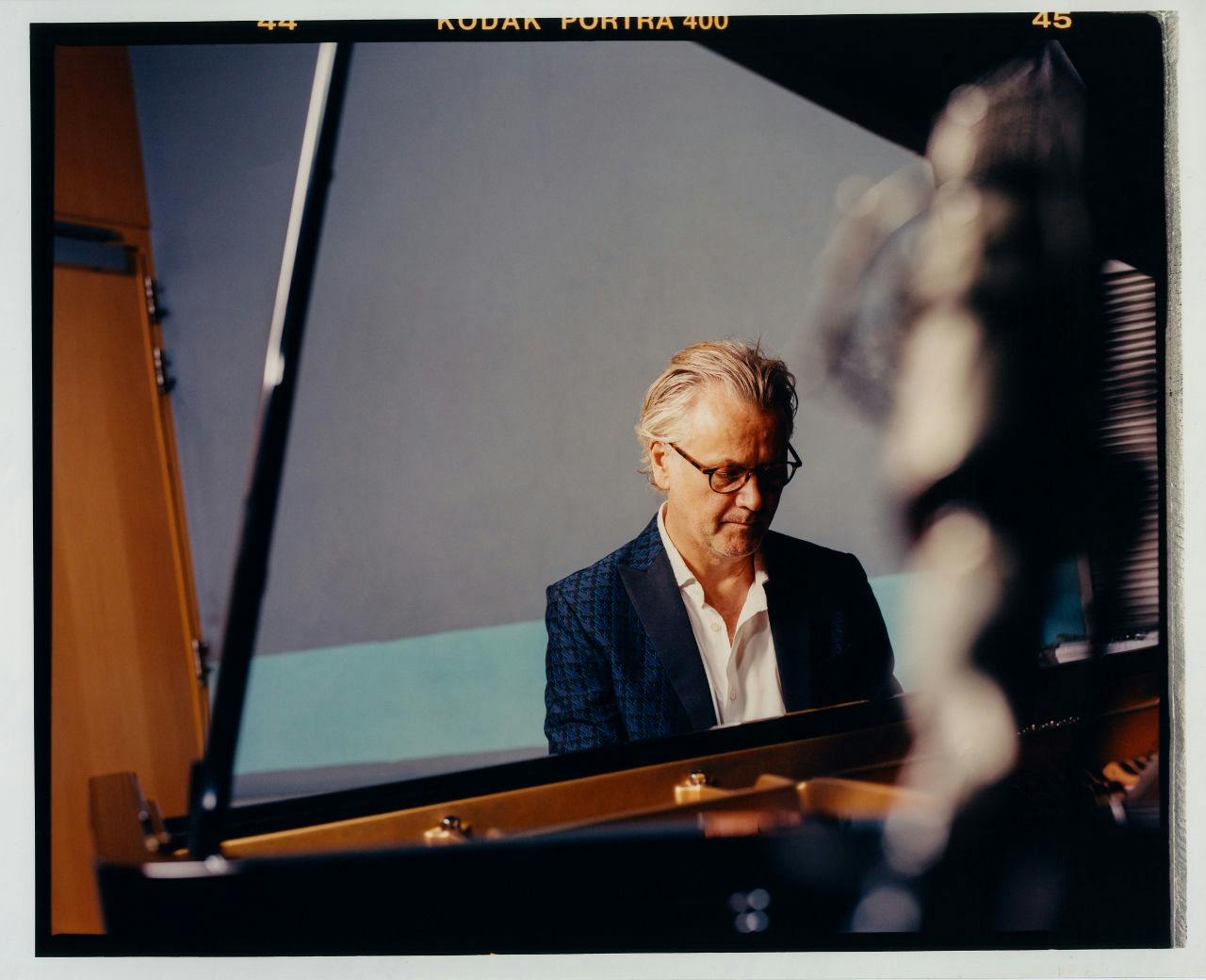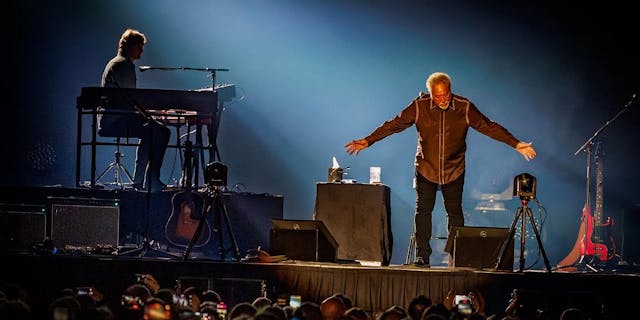Piano for Beginners: Top Tips for Learning to Play Piano
Learning how to play the piano can seem a little daunting if you’re a beginner, but it doesn’t have to be!

Learning how to play the piano can seem a little daunting if you’re a beginner, but it doesn’t have to be! Everyone needs to start somewhere and once you get over your initial nerves, you’ll realise that there’s fun to be had in learning.
With plenty of online resources and music lessons out there, there’s never been a better time than now to learn the piano. With that in mind, here are our top piano for beginners’ tips:
- Work on your posture
- Learn the notes of the piano
- Learn about piano finger numbers
- Learn the C-Major Scale
- Book an online music lesson
Start with the Basics and Work on Your Posture
Before you begin playing the piano, it’s a good idea to get the basics down and learn proper piano technique. Fixing bad habits can be tricky so it’s best to develop good habits from the start.
You might be more used to your mom telling you to sit up straight than your piano teacher, but good posture really will make a big difference to your piano playing. Sit with your feet flat on the floor, back straight, shoulders relaxed, and elbows bent comfortably and parallel (or ever so slightly elevated) to the keys.
Your fingers should be the only thing touching the piano. They should be curved slightly and relaxed. Keep your wrist loose and level with the floor. Don’t drop it down or you could end up injuring yourself over time.
Learn Your Way Around the Piano with Piano Notes

Before you learn any songs, you’ll need to know your way around the piano. A piano is made up of notes that, when played, represent a different pitch of sound. To play these notes on a piano, you need to press the keys.
To a beginner, all the black and white keys can seem a little confusing. There are 88 keys on a full-size piano board, but don’t fret – you don’t need to remember them all at once.
Those 88 keys are made up of 12 notes repeating themselves. Of course, they will vary in pitch as you go up or down the keyboard – getting higher as you move to the right and lower as you move to the left. However, as a beginner, you don’t need to worry about that too much for now. Simply start by learning the 12 basic notes: A, A#/Bb, B, C, C#/Db, D, D#/Eb, E, F, F#/Gb, G and G#/Ab.
It can also help to separate the keys into two groups, thankfully the two different colours make this easy. The white keys represent the 7 regular notes: A, B, C, D, E, F and G. Whereas the black keys are the 5 sharp or flat notes: A#/Bb, C#/Db, D#/Eb, F#/Gb and G#/Ab.
You can also buy handy note stickers to put on your keys to help you memorise what keys represent what notes.
Learn Piano Finger Numbers, it’s as Easy as 1, 2, 3, 4, 5
As you progress in your piano learning journey, you will need to decide which notes to play with which fingers. To do this, you need to learn about finger numbering.
Piano finger numbers are a classic piano technique that helps ensure you play the right note with the right finger. This will become increasingly important as you learn new songs and chords.
Luckily, it’s pretty easy to remember:
- Your thumb = number 1
- Your index finger = number 2
- Your middle finger = number 3
- Your ring finger = number 4
- Your pinkie finger = number 5
It’s Time to Learn the C Major Scale
Now that you’ve gotten the basics down, it’s time to start playing the piano.
Scales are a great place to start. However, if you’re a beginner, you might be wondering what a scale is. A scale is a set of musical notes ordered by frequency and pitch. There are 8 notes in total in a scale.
Scales are really important to master when you’re first learning to play the piano, as they will help you with all 3 beginner steps mentioned in this article so far. They’ll help you get to know where the notes are, how to play them and refine that all important technique and posture!
The C Major Scale is the most commonly played scale on the piano. It consists of C, D, E, F, G, A, B, and C. The sequence is as follows:
- Place finger one on your right hand (your thumb) on the C note
- Then place finger two on the D note
- Place finger 3 on the E note
- Repeat these first 3 notes, increasing your speed as you improve
- Once you feel comfortable, play those 3 notes again and then move finger number 1 (your thumb) underneath finger 3 playing the E note to play the F note
- Then play the G note with finger 2
- The A note with finger 3
- The B note with finger 4
- Finally, the C note with finger 5
- Repeat the scale a few times, increasing your speed as you go. Practice the C-Major scale for 5 minutes every day (or as frequently as possible) until you have mastered it
Learn from an Expert with Online Music Lessons

The tips and tricks we’ve mentioned so far are a great place to start, but the quickest and easiest way to learn how to play the piano by far is to book some online music lessons.
At MusicGurus we offer online piano lessons from world class musicians, including pianists Paddy Milner, Guy Chambers, Tom Seals and more. Our master musicians share their knowledge and experience with courses on various music styles and theories to help you become the musician you want to be. With plenty of piano lessons for beginners available, including Rockschool Piano Grade 1 and 2, you’ll be playing like the pros in no time.
All our lessons feature HD video and sound with carefully positioned camera angles that show you exactly how to play the piano, making them perfect for beginners. Plus, with no subscription fees and a one-off payment, you can re-watch the videos as many times as you like until you nail the songs and techniques.
We even have a full catalogue of interactive sheet music for beginners to choose from as you start to progress your skills and learn how to read music. Simply download one of our song books and hit the play button. The notes will light up as the recording plays. You can change the speed and tempo so that you can play along at your own pace, making it an ideal tool for beginners.
So why not browse our full range of piano lessons and get inspired to learn the piano now?
Latest posts
See all → Paddy Milner stars in upcoming music documentary ‘The Session Man’
Paddy Milner stars in upcoming music documentary ‘The Session Man’
MusicGurus artist and instructor Paddy Milner features in an upcoming film celebrating the incredible career of session pianist Nicky Hopkins.
 Who Was Nicky Hopkins? The Unsung Hero of Rock and Roll
Who Was Nicky Hopkins? The Unsung Hero of Rock and Roll
Learn about piano player Nicky Hopkins who collaborated with The Beatles, The Who, The Rolling Stones and more on MusicGurus.
 Around The World With Sir Tom Jones
Around The World With Sir Tom Jones
A look back at an incredible tour written by Sir Tom's pianist, and our very own blues piano maestro, Paddy Milner

